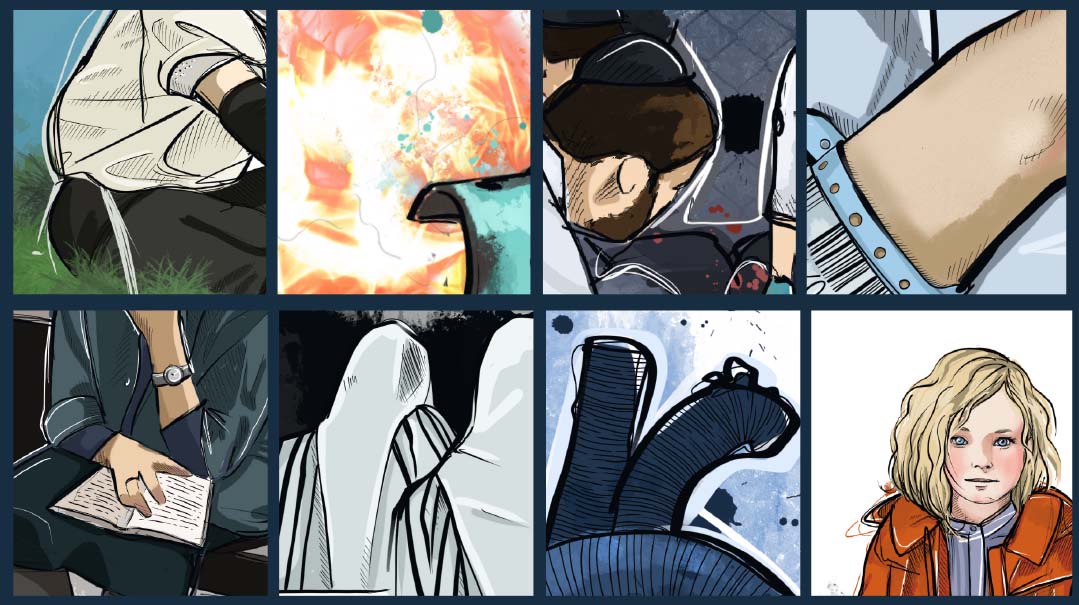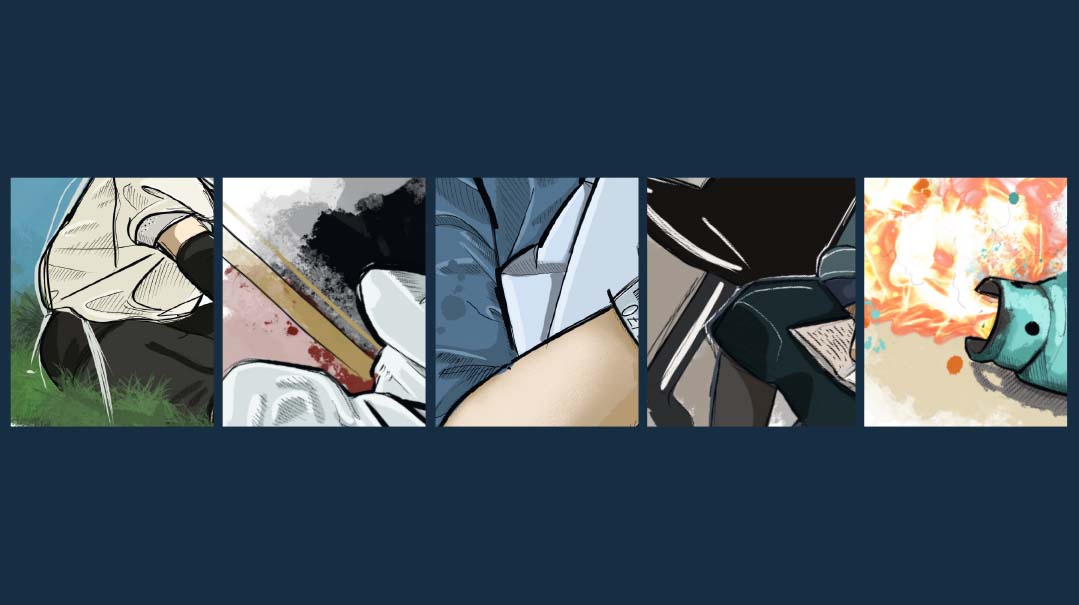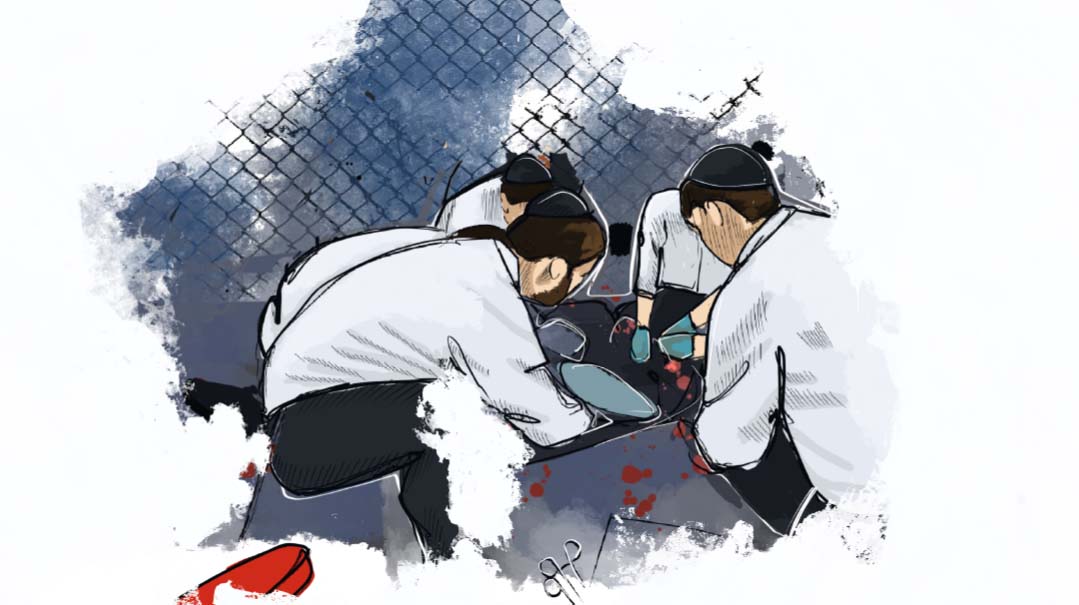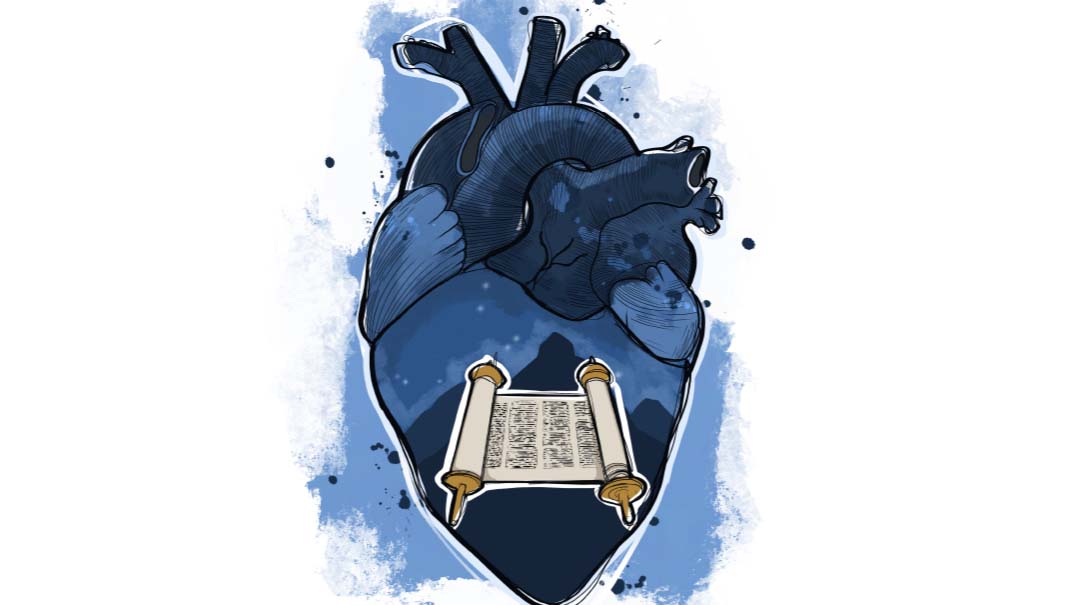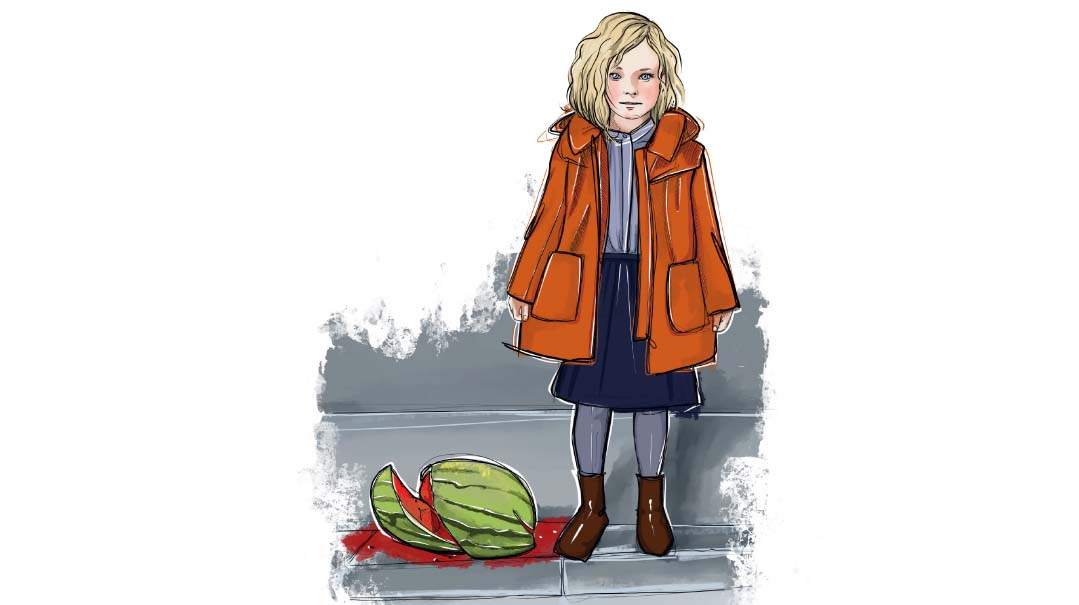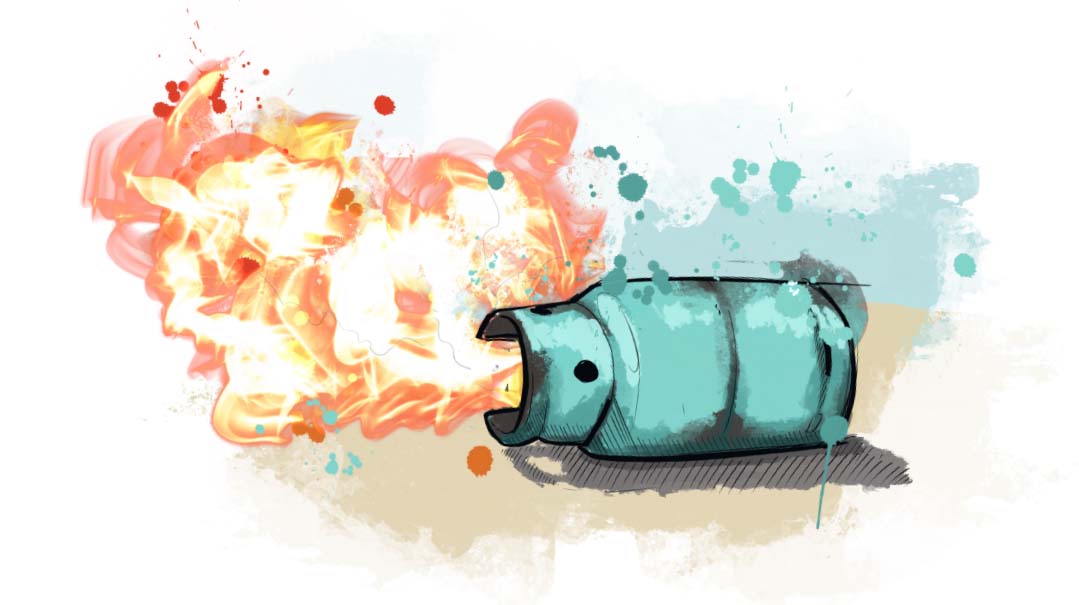A Leg Up
| November 30, 2021Within minutes, the room was filled with more doctors and nurses — but no one knew how to proceed
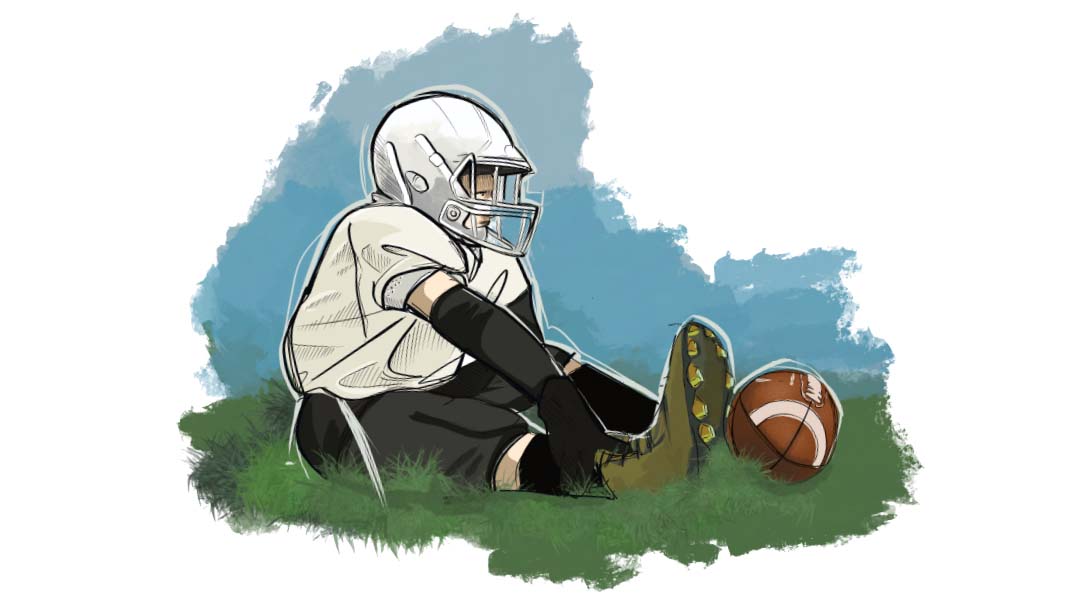
"Make yourself a coffee and come to my house — it’s going to be a long night”
One cool Wednesday evening in November, my son Dovid was playing football in the Ner Israel field with a bunch of his classmates after night seder. While he was running after catching a pass, one of the boys bumped into him. Dovid, who was in 11th grade at the time, felt like he had bruised his left leg — but to his surprise, he realized he couldn’t move it. At all.
Thinking (hoping?) it was nothing, and maybe trying to protect his image, Dovid said he would just sit out the next few plays. The competitor in him still wanted to finish the game, and after five minutes, he went back in to play.
But hours later, Dovid was still in severe pain, so his good friend Boaz Bachrach insisted that Dovid go to the campus doctor, Dr. Yoel Jakobovits. Boaz even took the time to accompany him to the doctor’s house.
That’s when I received a call.
“Dovid got hurt,” said Dr. Jakobovits, who is also a gastroenterologist here in Baltimore. “Make yourself a coffee and come to my house — it’s going to be a long night.”
My stomach dropped. I did what he said, coffee and all.
When I got there, Dr. Jakobovits handed me a prescription slip.
“Go straight to the hospital,” he instructed. “Give this to every nurse or doctor who sees Dovid. And make sure to take the paper back, so you can show it to the next doctor.”
Dr. Jakobovits, Boaz, and I helped Dovid into the back seat — he couldn’t sit — and he lay with his leg propped up. I remember thinking, I’ve never seen him in so much pain.
I still didn’t understand what was so serious. As I got into the car, I glanced at the paper and made out the words “compartment syndrome.” I had no idea what that was.
At the hospital, we were quickly admitted to the emergency room and assigned a bed. A doctor came in to see Dovid, and I showed him the slip. He glanced at it, examined Dovid, looked at the paper again — and called for backup.
Within minutes, the room was filled with more doctors and nurses — but no one knew how to proceed, because compartment syndrome is rarely in the leg (it’s usually found above the elbow). Dovid still remembers how they were pulling out textbooks and reference books. Each time new medical personnel entered, I showed them the slip.
The doctor explained that the impact of the hit moved the blood in Dovid’s thigh into the wrong spot, and it was now circulating into the wrong compartment, hence the term compartment syndrome. They needed to operate on Dovid’s leg to drain it.
“If we don’t hurry, he might lose his leg,” he told me, barely finishing his sentence before the staff started wheeling the ER bed out.
“I need this bed, no time to transfer the patient to a different one, get another bed for room four!” the doctor shouted to the nurses.
As we raced down the hall together, he told me, “Ma’am, there’s no time for anything else now. Just sign!” He shoved a clipboard in my face, I scrawled my name, and just like that, my son was wheeled into emergency surgery.
No time for anything else? Was he serious? There is always time to daven — and boy, did I daven. I didn’t know what the future held, but I did know that the most important thing I could do was what a mother does best — turn to Hashem.
B’chasdei Hashem, they were able to save Dovid’s leg, and early the next morning, I went home to get some sleep. I left a note for my older girls on the dinette table: Please daven for Dovid, it looks like he’s going to be fine but he needs tefillos.
My husband, Chananya, who had been on a business trip, returned to Baltimore and joined us in the hospital. We wanted to be home for Shabbos, reasoning that Dovid would recuperate better in the presence of family and friends and in the comfort of his own home. The hospital okayed it, and they told us we would need to take a wound VAC home to drain the blood. (I didn’t know what a wound VAC was, either. I learned quickly.)
On Friday night, we realized the VAC wasn’t working. Hatzalah took me, Chananya, and Dovid to the hospital for a new one — but the damage had already been done. By Shalosh Seudos, Dovid couldn’t move his leg again, and even with morphine, he was in excruciating pain.
After Shabbos, our friend and neighbor called a local anesthesiologist, Dr. Roni Samet. He was supposed to be away for Shabbos, but he had fortuitously decided to stay home at the last minute, and he was learning with his sons at Avos U’banim at the shul four houses down from us.
Dr. Samet walked over, assessed Dovid, and instructed us to pack up.
“I’m sending you to Shock Trauma,” he said, referring to the University of Maryland Hospital’s trauma unit. “It’s very serious.”
Dr. Samet told his colleagues there to be ready for us.
On the way out, I passed my mother — my parents had joined us for Shabbos — and she was sweeping the floor.
“It should be with mazel,” my mother said, her voice cracking. She was crying as she held the broom. “Please keep us updated.”
I dialed my sister.
“Can you make sure that the whole Tehillim is said tonight, split it up among the family?” I asked, crying.
Then we were both crying.
At the hospital, Dovid underwent his second emergency surgery within a few short days, where surgeons found a blood clot of 200 ccs in the muscle above his left knee.
“That’s the equivalent of a cereal bowl’s worth,” the doctor explained — it was that big because of those hours the wound VAC wasn’t working; the blood wasn’t being drained properly, and it congealed and created a hard spot above Dovid’s knee. “That’s the most dangerous location for that to happen — usually in cases like this it isn’t caught early enough, and we have to amputate.”
The surgeons operated on the muscle, opening it to drain the clot. On Tuesday, once it was fully drained and back to normal, Dovid had yet another surgery to close the wound. The following day, Dr. Samet came to our room to visit.
“Dovid should be okay now — he’ll feel better, he’ll feel more mobile,” he said. “Had you not come in when you did, the blood clot would have continued to grow — he could have lost that leg, or mobility in that leg, for good.”
On Thursday afternoon, we brought Dovid home from the hospital.
Dovid had to learn to walk and jump again, and baruch Hashem, he walks normally. The following year, when he was in 12th grade, we made a seudas hoda’ah in the yeshivah dining room. It was a big deal — my parents came in from New York.
“Hodu laShem ki tov,” Dovid said, pausing several times to collect himself. He recounted the story, remembering the pain, misery, and loneliness of a teenager suddenly relegated to a hospital ward, and he emotionally thanked his friends, family, and the doctors who helped him through that difficult time.
Every year since then, we have made a seudah on the night of the incident, the 9th of Cheshvan, to publicly thank Hashem for the miracles we experienced. The following year, when Dovid was learning in Lakewood, we did it there. These past two years Dovid has been in the Mir in Yerushalayim, so he made a seudah in Eretz Yisrael — two years ago it was in Ein Gedi where the Mir quarantined after Yom Tov, and last year’s was in his dirah.
This year, five years since the accident, we made a grander seudah, inviting more people to attend, and Dovid made a siyum. And, as he has every year since his surgeries, Dovid talks about not taking life for granted, about how we have to appreciate every day.
A few weeks ago, after the seudah, Dovid called Dr. Samet from Eretz Yisrael to thank him for his care, his diligence, and for being the right shaliach.
“Hi, it’s Dovid,” my son said. “It’s five years since my accident, and I just wanted to thank you for what you did. Without you, I wouldn’t be here today, fully back to myself.”
Dovid understands, as do we, that he is here and standing on two feet because of a series of miracles Hashem bestowed upon us five years ago — that Boaz insisted Dovid not be too macho and see the doctor, that Dr. Jakobovits identified it as compartment syndrome right away, that Dr. Samet was in Baltimore and recognized the clot for what it was. As for me, every time we attend a simchah and I watch my son dance with gusto on two strong legs, I think back to those frightful nights when all I could do was sign papers and daven my heart out. I never want to forget that we’re all in Hashem’s hands, that we are here and healthy by His grace.
Faige Kramer is the chair of the math department and a teacher at Bais Yaakov of Baltimore’s Eva Winer High School.
(Originally featured in Mishpacha, Issue 888)
Oops! We could not locate your form.

